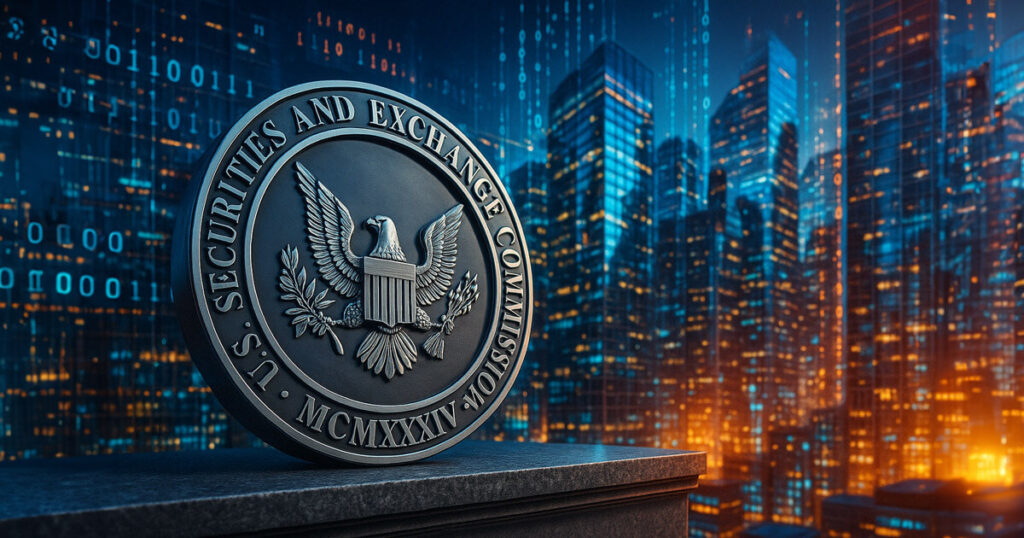The US Securities and Exchange Commission’s (SEC) Crypto Task Force recently held meetings with industry leaders to explore the potential of public blockchain technology in supporting the issuance and trading of tokenized securities. The discussions with Nasdaq, Plume Network, and Etherealize all revolved around the idea of implementing a regulatory sandbox to facilitate innovation and regulatory compliance in this emerging space.
Nasdaq, a major exchange operator, proposed the creation of an “ATS-Digital” venue where digital asset investment contracts could be listed alongside traditional securities. They also advocated for a joint safe harbor with the Commodity Futures Trading Commission (CFTC) for assets with uncertain regulatory status. This regulatory sandbox would enable issuers to self-certify classifications while adhering to light-touch disclosure standards, a concept that SEC Commissioner Mark Uyeda has previously expressed support for.
Plume Network, an Arbitrum-based company, emphasized the suitability of permissionless blockchains for tokenizing real-world assets. They proposed a regulatory sandbox covering existing securities laws to provide relief for decentralized finance mechanisms and ensure neutrality in on-chain markets. Plume also sought guidance on tokenizing both US and non-US equities within the framework of existing market regulations.
Etherealize and policy firm MetaLeX focused on the inefficiencies of legacy transfer agent regulations in the context of blockchain technology. They recommended recognizing secure blockchains as authoritative share registers, exempting issuers using decentralized tokenization protocols from transfer agent registration, and piloting smart contract equivalents for corporate actions like dividend distribution and shareholder voting.
Common themes across the meetings included the need for clear taxonomy, modular rulebooks, and phased pilots to test new technologies in a controlled environment. While each group proposed technology-specific adjustments, they all emphasized the importance of upholding the SEC’s investor-protection mandate. The Task Force staff acknowledged the suggestions and hinted at potential rule proposals that could incorporate sandbox models, dedicated trading venues, and updated transfer agent obligations.
As the SEC continues to explore the intersection of blockchain technology and securities regulation, it is clear that industry stakeholders are eager to collaborate on innovative solutions that balance innovation with regulatory compliance. The development of a regulatory sandbox could provide the necessary flexibility for companies to explore tokenized securities within a structured framework, ultimately benefiting investors and market participants alike.

